Best phones in Australia in 2025: our 9 top handsets, all tested and recommended by experts

With technology evolving in leaps and bounds, today's most basic smartphone does more than just make calls and send texts. And that's how we find the best phones in Australia as well – we figure out how they handle photography, how long they last on a single charge and how they perform in basic or more complicated tasks. If they ace these tests of ours, they're some of the best phones in Australia.
Looking at our list below, you'll notice only three brands listed and there's a good reason for that. No matter what your specific use case is or what operating system you prefer, that's a phone for you from the top makers – Apple, Google and Samsung – at a price point that varies from budget to premium.
Whether you're after the best iPhone or you want a new Android handset, perhaps you prefer a foldable – we've got you covered. All the phones listed below have been thoroughly tested in house and our experts highly recommend them. They boast impressive processing performance, exceptional cameras and reliable battery life, capped off with gorgeous screens and easy-to-use operating systems.
That being said, there isn't any one 'best' phone; there might be a great all-rounder, sure, but it's difficult to determine which phone might be the 'best' for your specific purposes. For example, the Samsung Galaxy S25 Ultra easily offers the best photography, but it's also an expensive handset and might be outside your budget.
For the average Aussie, the best phone means finding the right balance between the price and feature set, though you may want a more powerful camera array, a larger screen or a different operating system.
Taking good photos is a particularly in-demand feature among smartphone shoppers, and if this is a top priority for you, we'd recommend our list of the best camera phones in Australia. Additionally, if you're looking to save some cash, take a look at our list of the best cheap phones in Australia – complete with handsets that mix premium features with affordable prices.
November 2025: We've updated our list below with the latest Apple flagships. And we don't expect them to be discounted when Black Friday phone deals start in Australia, you could get them for cheaper when paired with a discounted phone plan from a telco.
The best phones in Australia: quick list
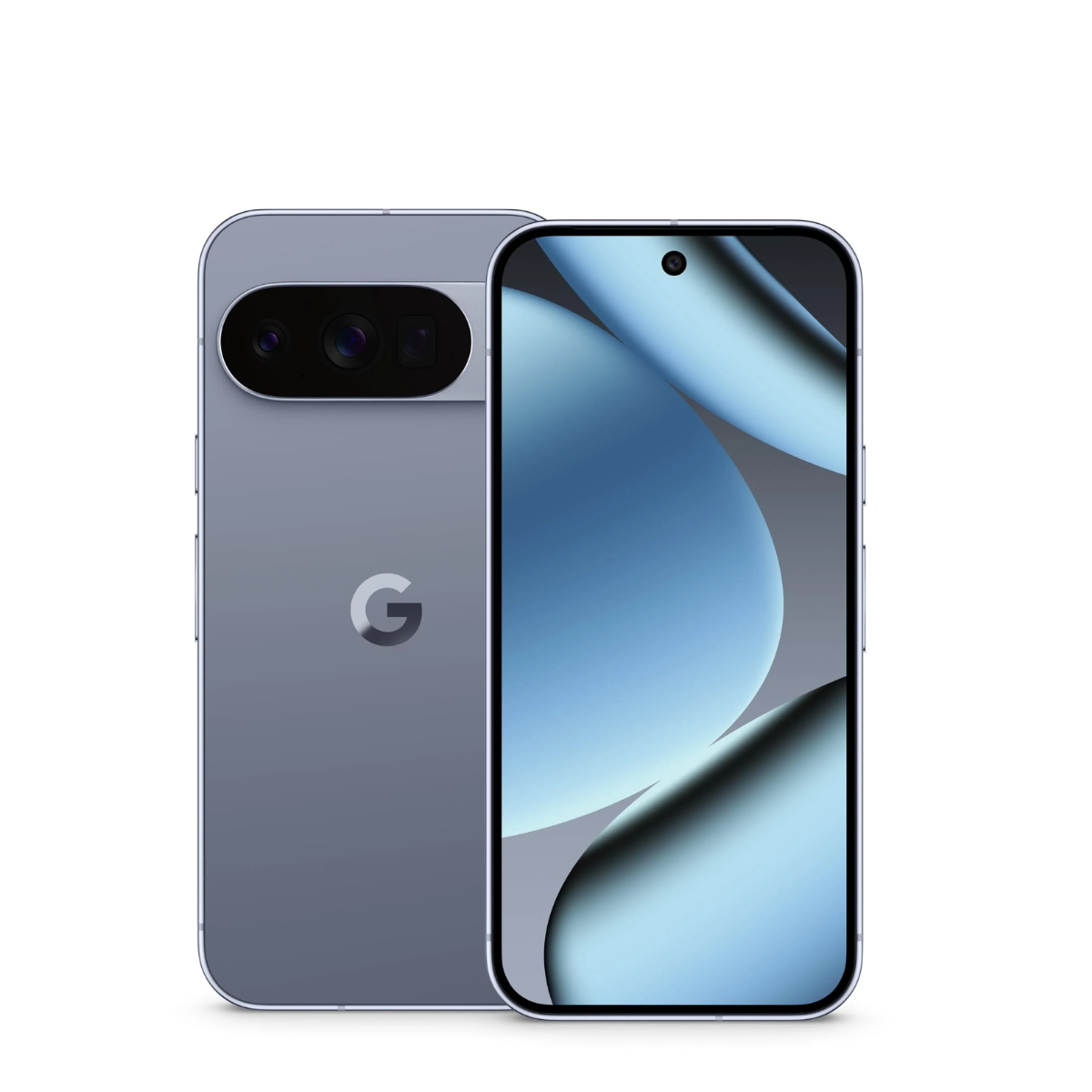
The best phone overall
The Google Pixel 10 Pro offers an exceptional array of cameras and a great price, topped off with an easy to use operating system and a gorgeous-looking chassis.
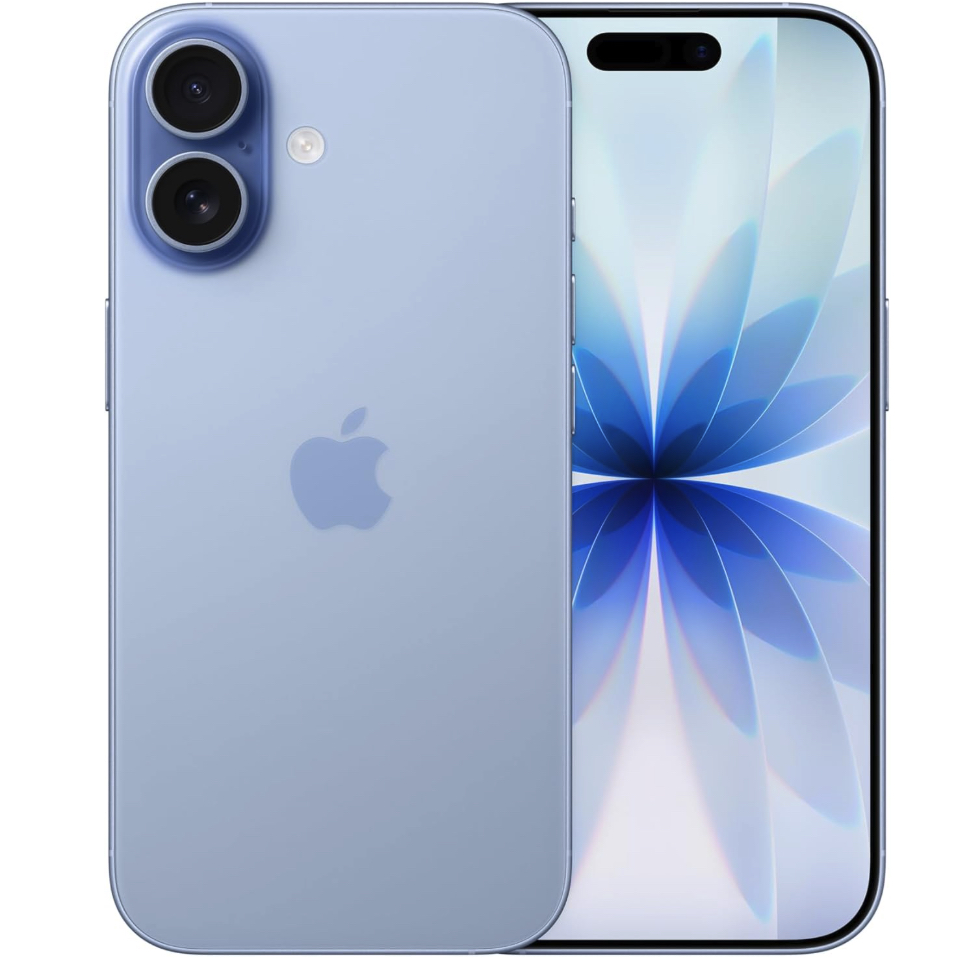
The best phone for most people
Apple’s 2025 base model is an exceptional upgrade, offering a Pro-rivalling display and top-notch performance powered by the A19 chip that's quite a workhorse.
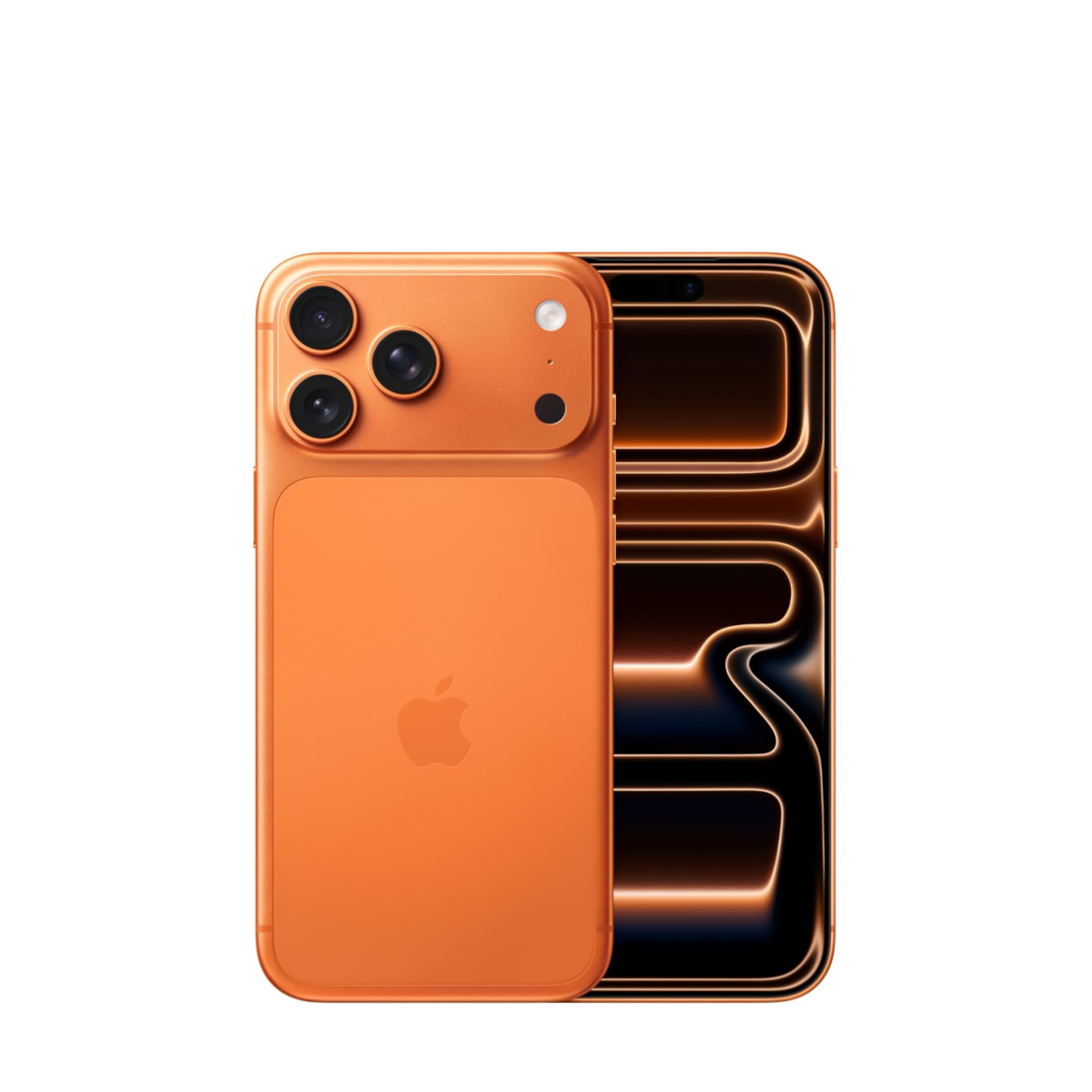
The best iPhone
Featuring a new design, arguably the best camera array Apple has ever produced and performance coming from the very powerful A19 Pro chip, going Max means you get the best.
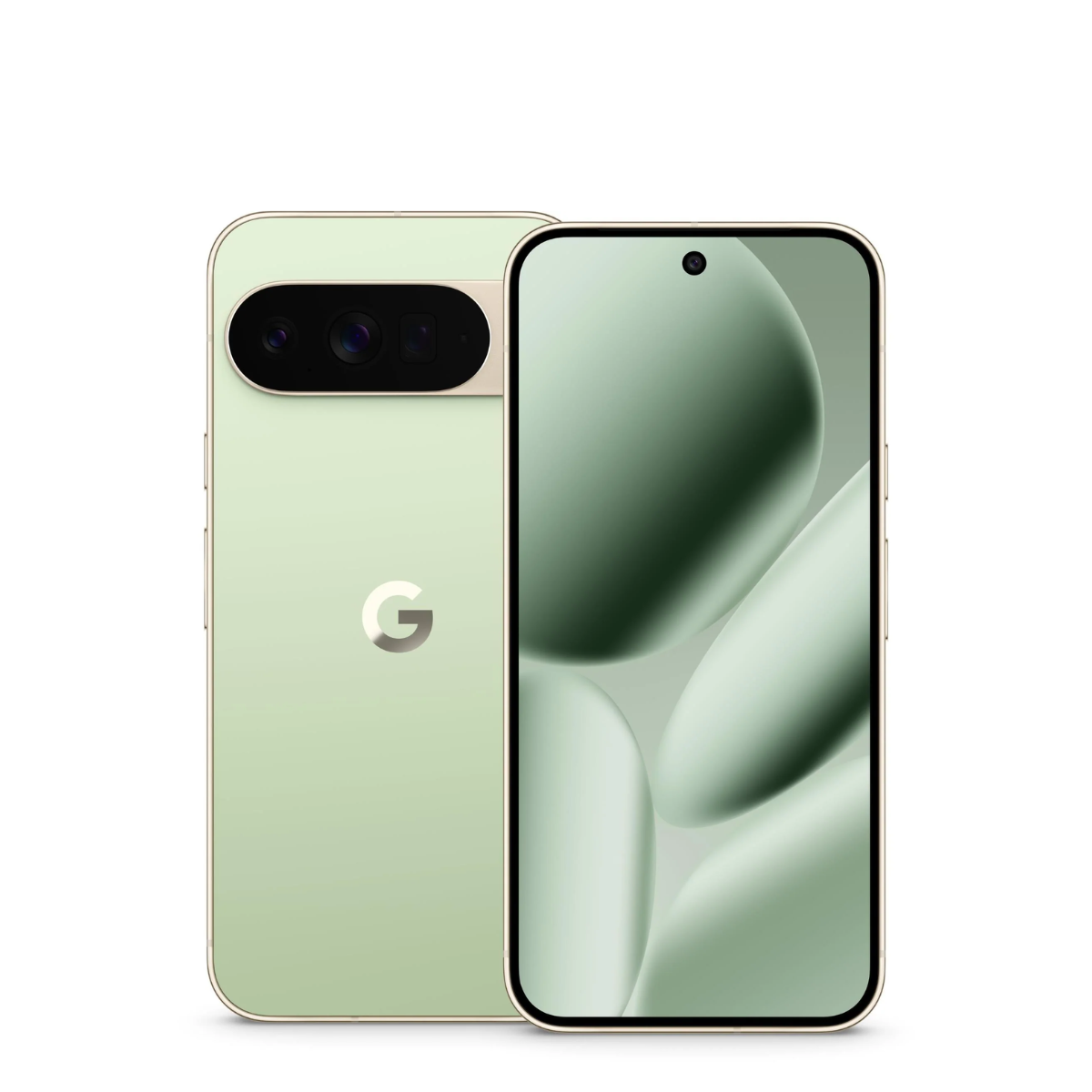
The best Android phone
Bigger and slightly more feature-packed than the standard Pixel 10 Pro, the XL adds a lovely big screen, faster wired charging and faster Qi 2.2 wireless charging.
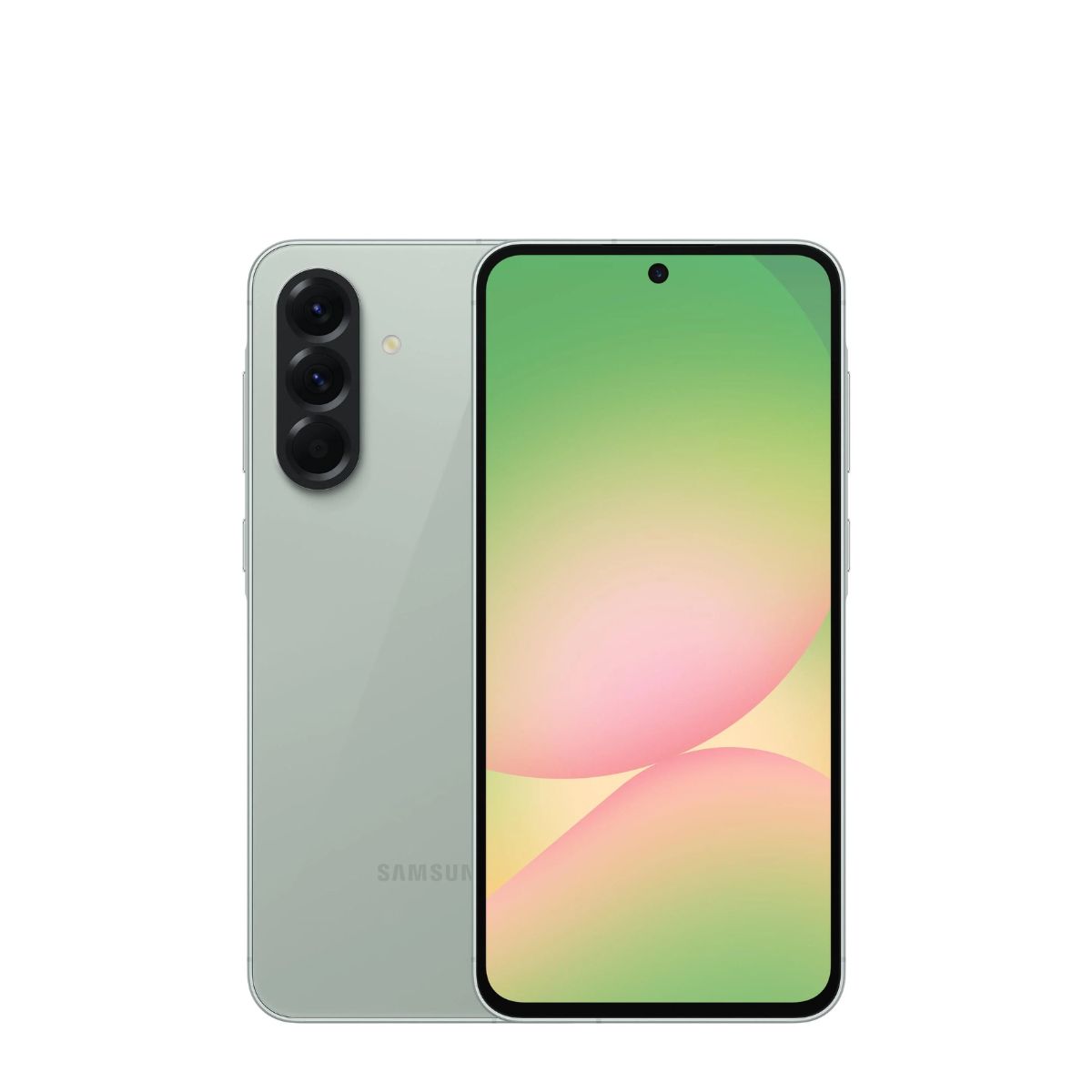
The best budget phone
The Galaxy A56 keeps up Samsung's talent of providing a strong budget all-rounder. It's an affordable smartphone with all the specs you need.
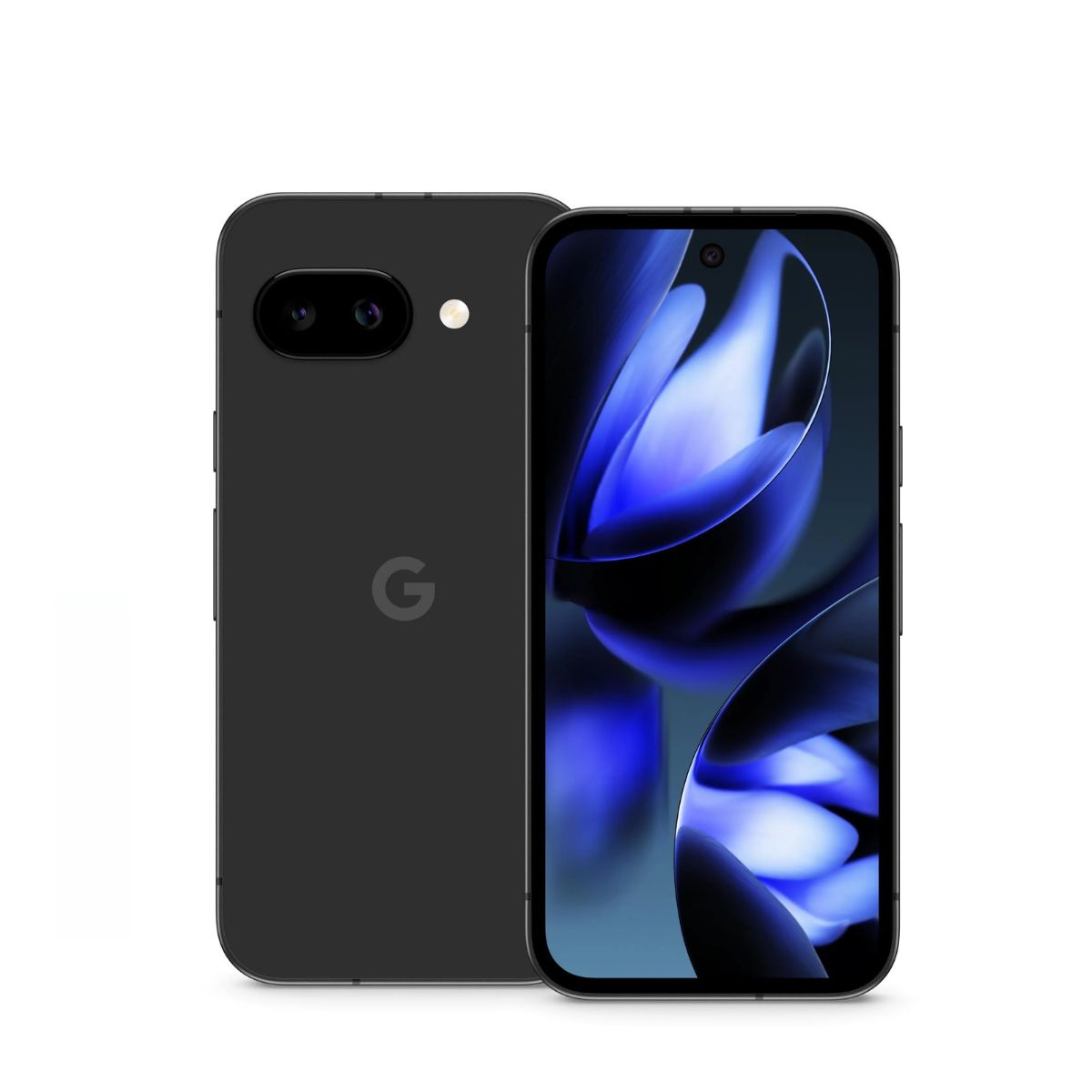
The best value Android phone
An attractive premium smartphone without going over the AU$1,000 price point, the Google Pixel 9a offers the best of Google in a wallet-friendly shell.
Reveal the next 3 products...

The best value phone
The iPhone 16e is a stripped-down variant of the iPhone 16, sacrificing its second camera, Dynamic Island and Camera Control button for a more attractive price.
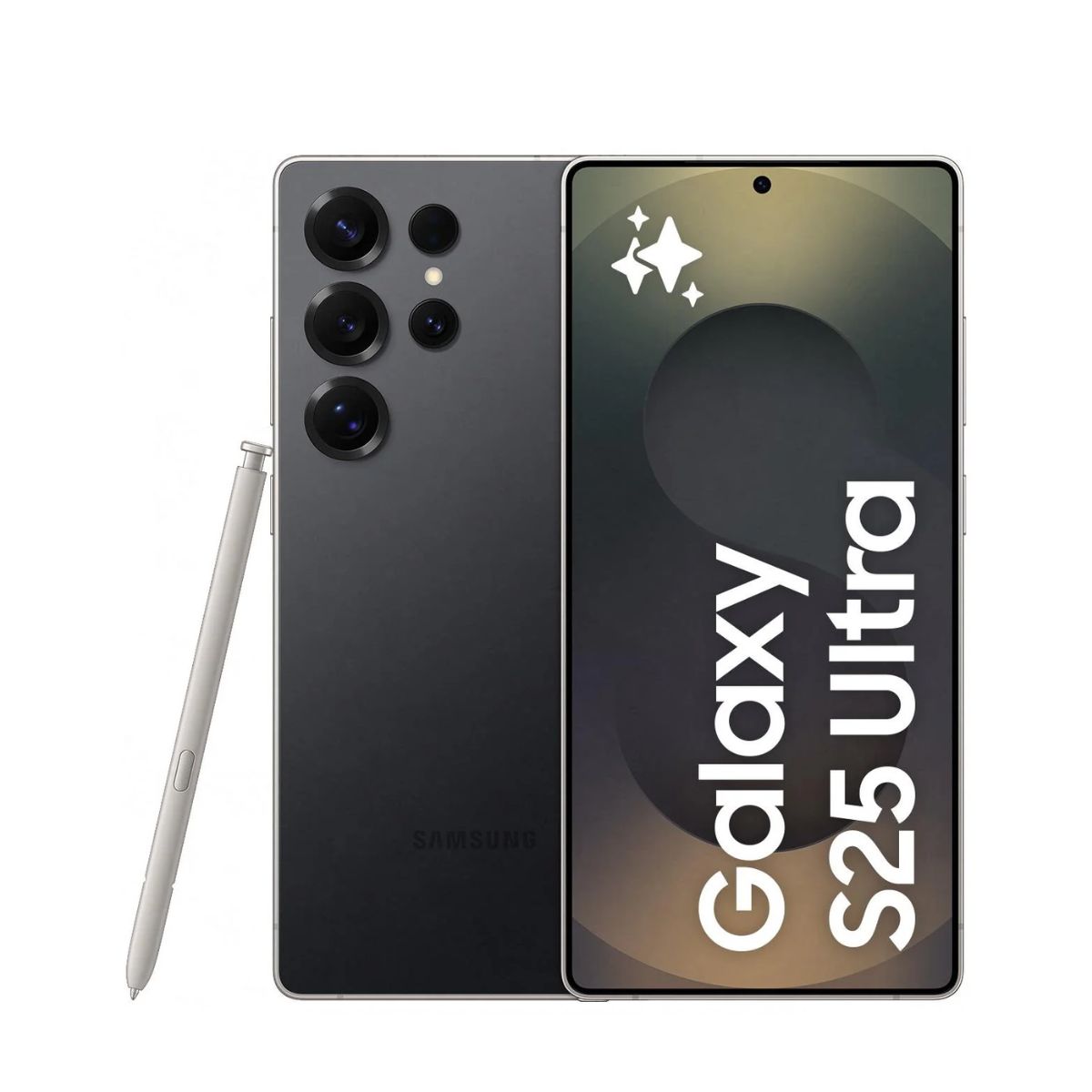
The best phone for taking photos
The Samsung Galaxy S25 Ultra maintains the top camera phone spot, packing an all-new 50MP ultrawide camera and a more rounded display.
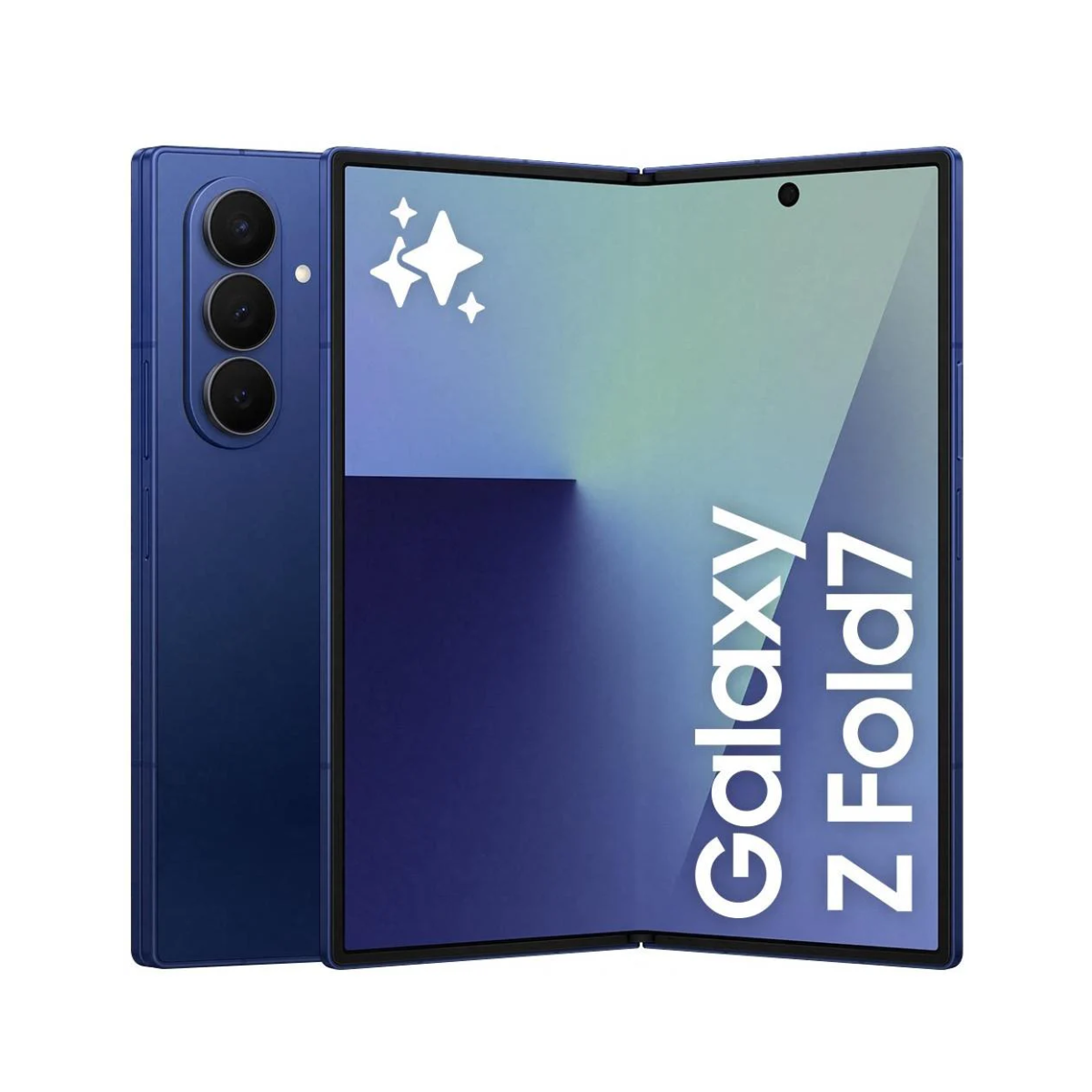
The best foldable phone
Samsung’s Galaxy Z Fold 7 is the best foldable phone in Australia, with a gorgeous book-style design, an epic screen and the best cameras on a folding phone.
The best phones in Australia 2025
Why you can trust TechRadar
Below you'll find detailed information on the nine best smartphones in Australia. I've tested most of the phones below and have sorted each device into a category that may best suit your needs and what you're looking for.
The best phone overall

Specifications
Reasons to buy
Reasons to avoid
✅ You want to be productive with your Pixel: The Pixel 10 lacks some of the best Pixel 10 Pro features, like AI call screening that takes notes and makes sure you don’t miss details
✅ You can’t be seen with a brightly colored phone: These days, Pro means subdued, and the Pixel 10 Pro comes in colors that are appealing but not as bright as the Indigo or Lemongrass Pixel 10
❌ You don’t plan on buying any magnetic accessories: Pixelsnap charges slower, but the convenience makes the Pixel 10 Pro a much better experience, especially considering its poor battery showing.
❌ You play a lot of mobile games with intense graphics: I didn’t have too much trouble with the slow performance of the Tensor G5 chipset, but serious gamers may want a Snapdragon instead.
The Google Pixel 10 Pro might not have received the most stars possible in its review, but it carries the torch on from the Pixel 9 Pro as the best phone overall – not necessarily the best phone for specific things, but the one you can rely on most as a capable everyday handset.
Despite being a slimmed-down version of the Pixel 10 Pro XL, ditching the XL's faster wired and wireless charging (along with the larger screen) the performance of the Pixel 10 Pro for the price is worth celebrating, especially when its operating system is so user-friendly and cameras so exceptional.
It's ever so slightly bigger than the standard Pixel 10 and it packs just a little more power – 16GB RAM might seem overkill but it's more than enough to keep up with intense daily usage. Additionally, AI features and Material 3 improvements make the handset all the more attractive, and it may be the perfect phone for switching away from Apple.
One of the big points in the Pixel 10 Pro's favour is that is supports Qi 2 charging (along with the rest of the range) – meaning magnetic charging accessories work with it seamlessly without needing a case. This point is particularly noteworthy when considering that not many other mainstream Android smartphones support this.
Just be aware that Pixel range is typically fairly underpowered compared to similar Samsung phones, with the S25 range outperforming the Pixels in both CPU and GPU testing. That'd matter most for an avid gamer or a power user, but for the everyday person it's probably not a big deal.
Read our full Google Pixel 10 Pro review
The best iPhone for most people
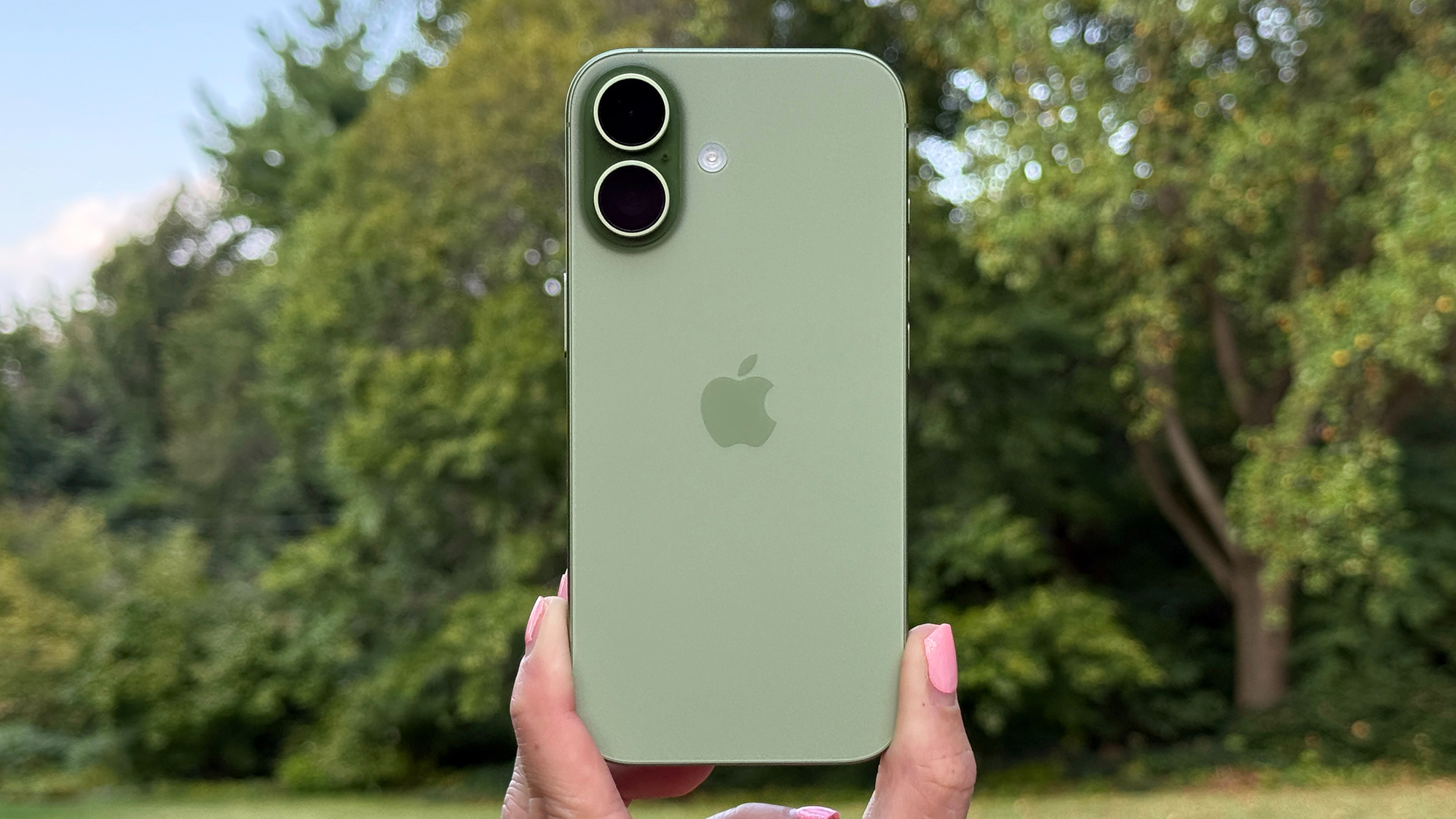
Specifications
Reasons to buy
Reasons to avoid
✅ You want the best-value iPhone yet: A bigger screen, better performance and great cameras at the same price as the iPhone 16, there's excellent value here.
✅ You want more storage without paying extra: Where previous Apple base models started at 128GB, the iPhone 17 gets you 256GB at the same starting price.
❌ You’re happy with an iPhone 15/16: If you're happy with how your iPhone 15 or 16 is going, there's really no need to upgrade just yet.
❌ You want better battery life and a superior camera array: Sacrifices had to be made to keep the price low, but if you want longer battery life and more control over the camera, you'll need to go Pro.
Our reviewer called it "the best-value iPhone ever released", and given the upgrades the iPhone 17 brings over the iPhone 16, there's no arguing that sentiment. You just have to look at the spec sheet to know it's a significant upgrade and would be the best iPhone for most users.
It may not have received the design upgrades that the Pro models did – indeed, it looks identical to the iPhone 16 – but the iPhone 17 does, in fact, boast a slightly larger screen. Now featuring a crisp 6.3-inch display (an upgrade over the previous 6.1 inches), it boasts Apple's ProMotion tech that dynamically scales between 1Hz and 120Hz depending on the type of content on-screen. ProMotion also gives you the option of an Always-On display on the base model itself, so you can view the time, date, notifications and widgets without fully waking your phone.
In addition to that Pro-rivalling screen, the iPhone 17 also gets the same 256GB starting storage capacity, the same 18MP selfie camera, the same customisable Action button, the same Camera Control button, the same scratch-resistant Ceramic Shield 2 display cover, and all of the same iOS 26 software features (including the new Liquid Glass interface) as its more expensive siblings.
So, what do you miss out by not going Pro? Well, Apple's 48MP 'Fusion' camera is plenty capable on the iPhone 17, but it's no substitute for a 48MP zoom lens, which you'll find on its most expensive models. The iPhone 17 Pro also offers marginally longer battery life and faster charging, while its A19 Pro chipset is, on paper, more powerful than the iPhone 17's non-Pro variant.
Honestly, though, if you're not a keen zoom photographer and aren't intending to record and edit lengthy 4K videos, I’d urge you to seriously consider whether the cheaper iPhone 17 might actually be a better fit for your needs.
Read our full iPhone 17 review
The best iPhone
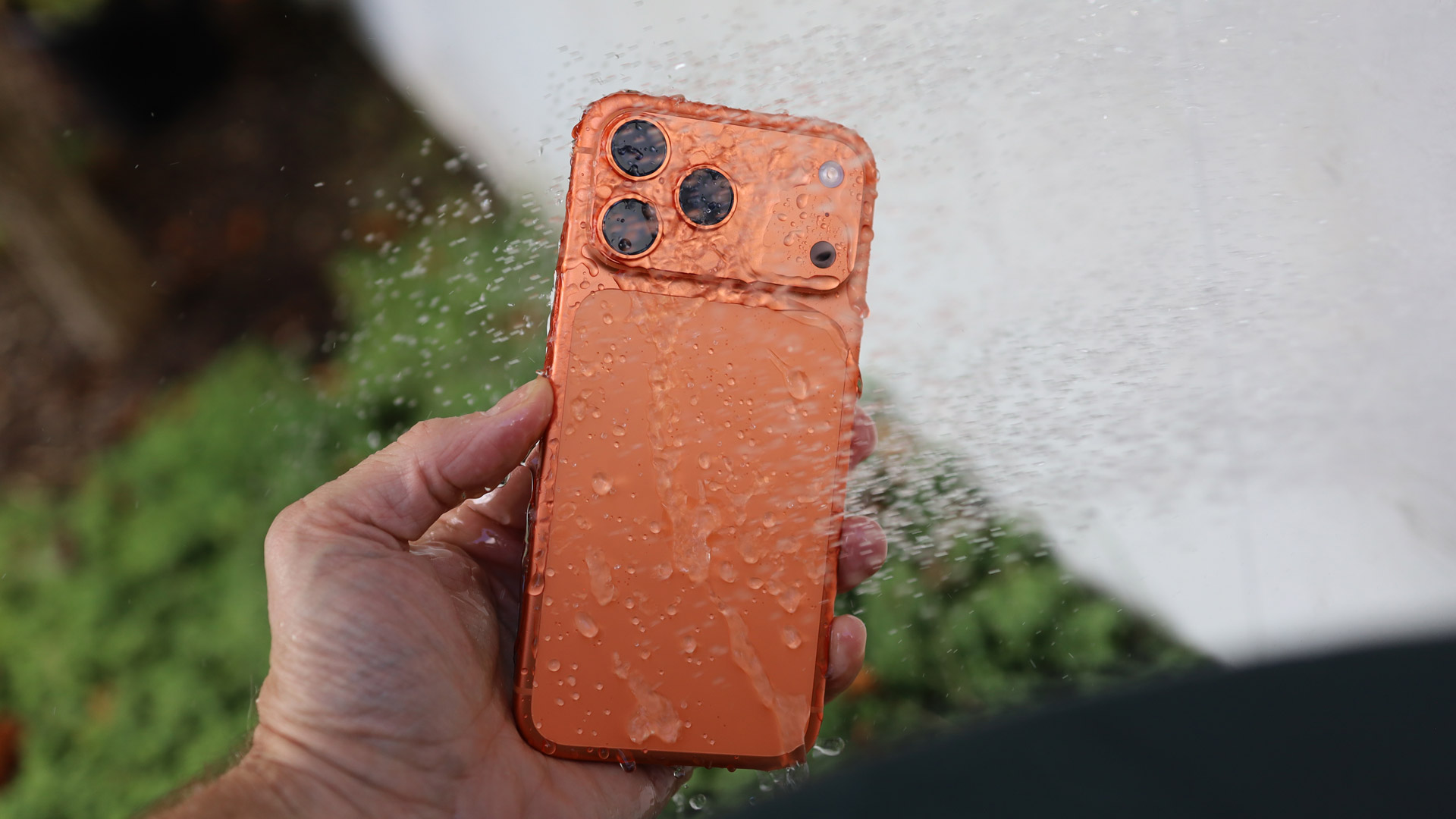
Specifications
Reasons to buy
Reasons to avoid
✅ You want the best iPhone ever: There has never been a more powerful iPhone, with an the best camera setup from Apple yet.
✅ Power and performance matter: Capable of handling the editing of 4K video is no mean feat, and the A19 Pro chip runs it as smoothly as it does anything else.
❌ You're not a professional content creator: Not everyone is going to need ProRes Raw footage, plus this kind of work means you'll also need higher storage and a powerful laptop as well.
❌ You want more megapixels: While 48MP is nothing to sneeze at, the Samsung Galaxy S25 Ultra offers a 200MP main camera.
In all honesty, the iPhone 17 Pro Max is overkill for 90% of Apple's target audience, but there's no denying its the best iPhone yet.
An updated design and a new colour option makes it feel fresh rather than 'just another iPhone', but it's the A19 Pro chip that's the star of the show here. Paired with the efficiency-friendly aluminium unibody chassis, the iPhone 17 Pro Max is among the best phones around for raw power and, as a result, one of the best gaming phones money can buy.
Surprise! This is one of the best camera phones around, too. Compared to the iPhone 16 Pro Max, the 17 Pro Max sports a full-width 'Camera Plateau' that houses a new, longer telephoto lens. It's a 48MP sensor with 4x optical zoom, though Apple will also let you crop in up to 8x for 'optical-quality' zoom shots at 12MP.
In testing, we found that the iPhone 17 Pro Max delivered "fantastic photos with true-life colors and exquisite detail," and while its 48MP main and 18MP selfie cameras are the same as those on the regular iPhone 17, the Pro Max is indisputably the top choice for serious mobile photographers.
Beyond its dedicated telephoto lens, the second big selling point of the iPhone 17 Pro Max is its battery life. We managed to eke out over 30 hours of life from the phone (Apple rates it for 39 hours), and if you own a 40W to 60W adaptive charger, you'll be able to juice up the 17 Pro Max to 50% in around 20 minutes.
It's worth noting that the 6.3-inch iPhone 17 Pro is exactly the same phone as the iPhone 17 Pro Max, but smaller and cheaper. So, if you're not fussed about owning the biggest iPhone, we'd advise going for that model instead.
Read our full iPhone 17 Pro Max review
The best Android phone
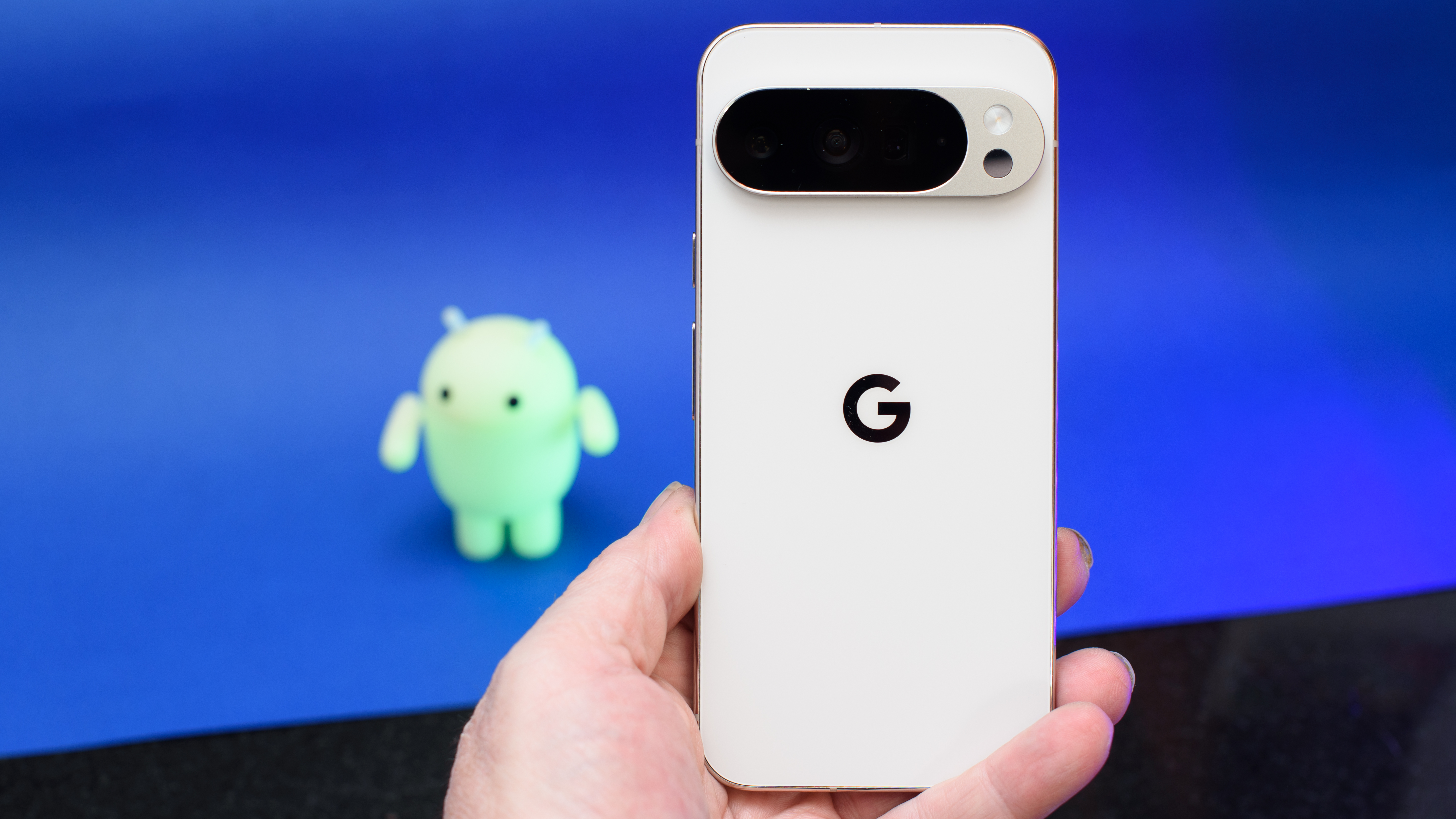
Google Pixel 10 Pro XL
Our expert review:
Specifications
Reasons to buy
Reasons to avoid
✅ You want the best Pixel phone yet: The Pixel 10 Pro XL is the Pixel to buy this year. The screen is fantastic, and everything is improved by the larger size and enhanced capabilities.
✅ You're switching from an iPhone and have a bunch of magnets: I’m an unabashed fan of magnetic charging, so I welcome the Pixel 10 Pro XL to my household filled with charging stands and accessories galore.
❌ You need a gaming powerhouse to win: The Pixel 10 Pro XL should be great for gaming, thanks to its incredible display, but performance is a letdown, especially for gamers.
❌ You want a phone that lasts all day, and you hate magnets: Battery life on the Pixel 10 Pro XL could be better, and my MagSafe chargers saved the day. If you won’t be charging periodically, get a phone that lasts longer.
Google didn't reinvent the Pixel range with its phones in 2025, but the Pixel 10 Pro XL remains one of the best camera phones on the market – and by my estimation, the top Android phone for a mix of reasons.
Google's operating system is remarkably easy to interact with an understand, with the Pixel 10 Pro XL offering easily enough power for an everyday user who likes a big screen and loves taking high-quality photos. The AI features that enhance photography definitely make things a lot easier, especially on the editing side when removing unwanted things from a photo, and the new Camera Coach feature is a brilliant help if you want to get the best shot possible.
Leading the new features charge this year for the Pixel 10 Pro XL is the introduction of magnetic Qi 2.2 charging, operating at 25W meaning it's faster than pretty much every other Qi 2 phone on the market (of which there really aren't many). The display is also noticeably brighter at 3,200nits.
Our reviewer fell in love with the gorgeous display of the Pixel 10 Pro XL and said it's the best he's ever tested. He also praised the durable design and great range of colours.
All of this said, performance still lags behind that of competing Apple and Samsung phones, making the Pixel 10 Pro XL a difficult phone to recommend for gamers or power users. Battery life is also fairly middle of the road – having used it, it's perfectly fine for daily use, though the Samsung Galaxy S25 Ultra certainly offers a longer battery life after a full charge.
Read our full Google Pixel 10 Pro XL review
The best budget phone
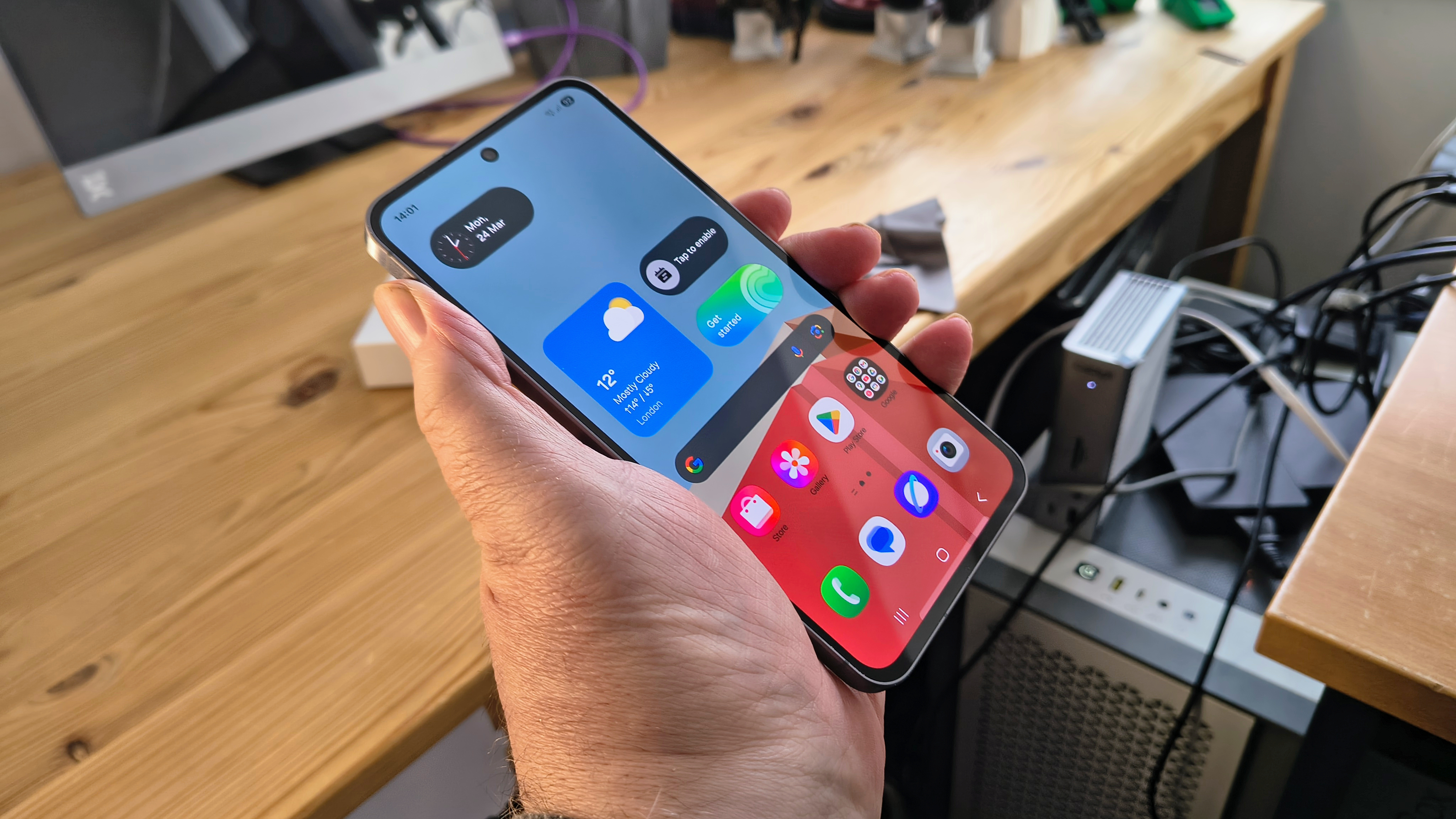
Specifications
Reasons to buy
Reasons to avoid
✅ You want a large display without spending top dollar: The Samsung Galaxy A56's 6.7-inch display is an expansive screen that improves upon its predecessor, rivals the S25 series, and produces a vibrant and immersive experience.
✅ You want a jack-of-all-trades handset: The A56 excels as an all-around performer, balancing design, display, camera and battery life in a way that caters to a wide range of needs. It handles daily tasks like texting, social media and video calls seamlessly, making it a great choice for anyone looking for a reliable, versatile phone.
❌ You're a serious mobile gamer: While the A56 can handle light gaming, it’s not built for heavy gaming sessions or more intense games. If you're looking for a phone that can deliver high frame rates and smooth performance in graphically intense games, you’ll need to look elsewhere.
❌ You want the best AI tools: The A56 offers basic AI features, but if you’re after the cutting-edge AI tools, you’ll need to shell out more for the likes of the Galaxy S25 or the Pixel 9 flagships.
The Samsung Galaxy A56 retains the best budget handset in Australia title, keeping up the good performance of the A55 and remaining ahead of the Google Pixel 9a for its slightly more accessible price.
Staying at the AU$699 price point, the Galaxy A56 is a worthwhile option if you want a gorgeous screen and decent photo capabilities.
The A56 is slightly larger than the A55, with a bigger screen (now 6.7 inches) and lower weight. The screen is brighter at 1,200 nits, and charging speed has received a noticeable buff, recharging at up to 45W and delivering up to 65% in 30 minutes.
Apart from those things and your expected year-on-year processor and GPU upgrades, the Galaxy A56 remains the same affordable beast. The cameras are identical, including a 50MP main camera, a 12MP ultrawide, a 5MP macro and a 32MP selfie camera. It can record video at up to 4K/30fps.
Just keep in mind that, while the Galaxy A56 is an affordable all-rounder, it's not the best option for somebody craving high-end performance, such as a dedicated mobile gamer. It also lacks many of the AI tools featured in the Galaxy S25 range.
Read our full Samsung Galaxy A56 review
The best value Android phone
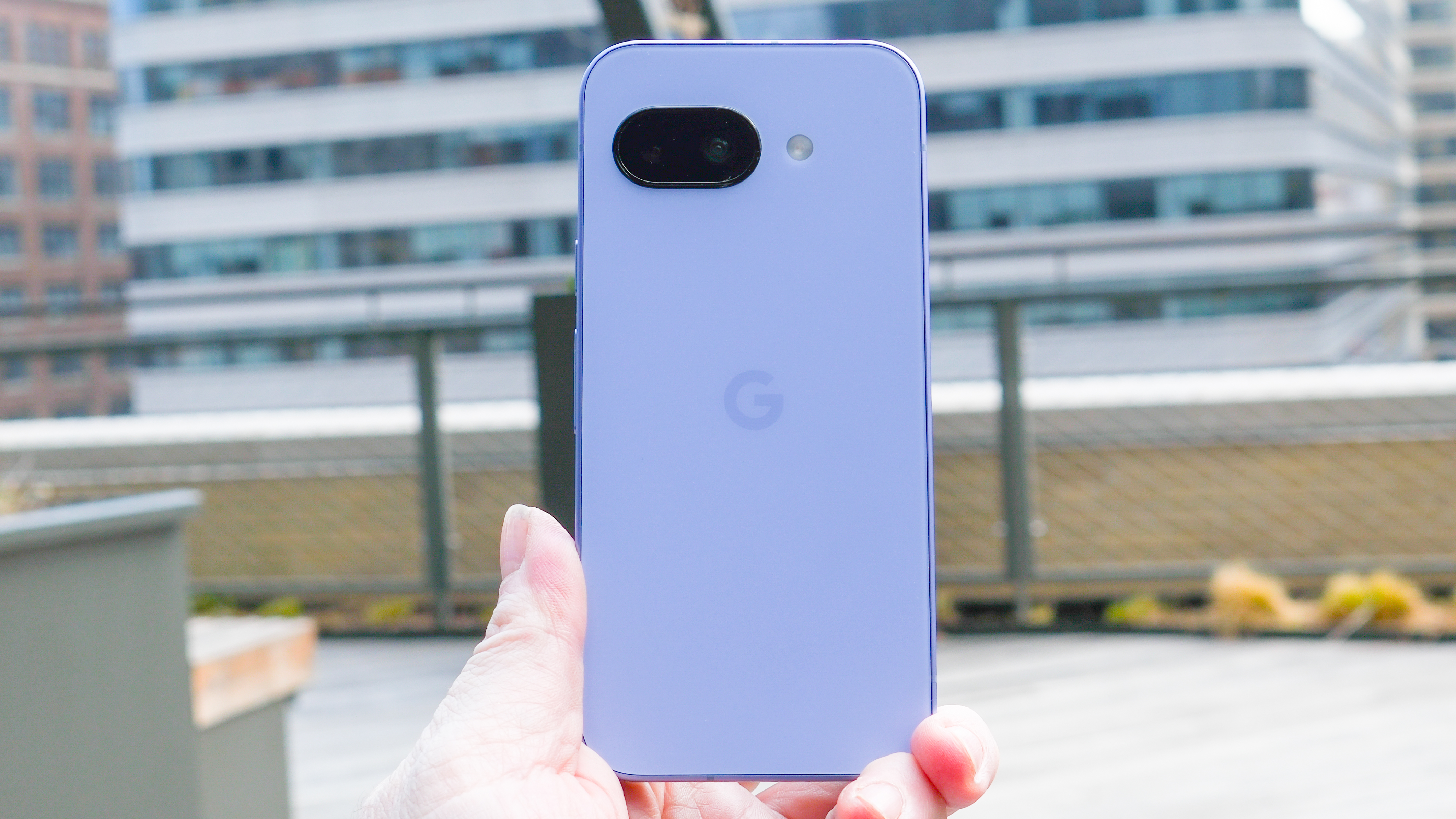
Specifications
Reasons to buy
Reasons to avoid
✅ You want a great bargain camera for close-upsWhile it lacks zoom, Google’s bargain Pixel has some of the best macro photography capabilities I’ve seen.
✅ You want a solid phone to keep for a very long timeThe Pixel 9a is durable, and it'll get seven years of Android and security updates. That makes it a keeper if you want a bargain phone that will last.
❌ You're not a fan of the aesthetic: Removing the camera bar does make the phone look a lot different and it's not for everyone.
❌ You're after a more powerful device: Being a step down from the standard Pixel 9 range, the Pixel 9a doesn't perform as well (though it certainly holds its own)
It's difficult to call the Google Pixel 9a a ‘budget’ Android phone, but with a sub-AU$1,000 price tag, it's a worthwhile entry point to the Google Pixel category, and is a brilliant handset if you’re switching over from an iPhone.
The Google Pixel 9a is the definitive entry level-premium handset. This phone is fitted with a brilliant array of cameras that capture colour and detail perfectly, while also retaining awesome processing power with the Tensor G4 chip (the same chip found in the more expensive Pixel 9 models).
Though the Pixel 9a doesn't really change much on top of the Pixel 8a, it does sport a massively tweaked design, with more rounded corners similar to an iPhone and no protruding camera bar (the cameras are now entirely housed within the base iPhone shape). It's not a design for everybody, our reviewer certainly didn't like it, but I personally find it to be an inoffensive design, especially if you're going to have it in a case anyway.
Underlying the Tensor G4 chip is 8GB RAM and your choice between 128GB or 256GB storage. Its display may be small but it is gorgeous, and for the most part, this device is a much more enticing option than the previously entry-level Pixel 9.
On performance and photos, the Pixel 9a outclasses every similarly priced phone, though I personally think the Nothing Phone 3a Pro is worth considering if you'd like a more interesting device to look at.
Additionally, as there isn't much difference between this model and last year's device, I'm also recommending the Google Pixel 8a, as it is much better priced now and worthy of consideration.
Read our full Google Pixel 9a review
The best value iPhone

Specifications
Reasons to buy
Reasons to avoid
✅ You want an affordable, smaller iPhone: This is now your only brand-new 'budget' iPhone choice.
✅ You want cheaper access to Apple Intelligence: Apple squeezed a A18 chip inside this affordable iPhone to give you access to Apple's own brand of AI.
❌ You're a photographer: A single, albeit excellent, rear lens won't be enough for people who like to shoot wide-angle and macros.
❌ You never liked the notch: Apple bringing back a none-too-loved display feature doesn't make a lot of sense. If you want the Dynamic Island at a more affordable price than the iPhone 16, take a look at the iPhone 15.
The iPhone 16e is Apple's replacement for the iPhone SE, and is basically a stripped back version of the base model iPhone 16.
This is the iPhone model to consider if you love the Apple experience, user interface and aesthetic, but don't necessarily need the high-end performance of pricier models or simply don't want to spend too much.
The iPhone 16e features the same great processing power as the standard 16, apart from its four core GPU (the 16 has a five core GPU). It's ever so slightly smaller and, in shaving the price down, it has a notch instead of the Dynamic Island at the top, a single 'fusion' camera and a lower peak brightness.
The 60Hz display is only ever so slightly smaller than that of the standard 16, and on the battery front, the 16e actually outperforms its sibling, with up to 26 hours of video playback (versus 22 hours).
You'll typically get better camera performance and a more impressive screen on a similarly priced Android phone, or indeed one much cheaper, but the iPhone 16e retains Apple's great performance and aesthetic, and is certainly worth upgrading to from an older iPhone – especially an SE.
With a near AU$1,000 price tag, I did fall for the iPhone 16e, though it failed to lure me back to iOS completely, as more competitively priced Android phones (such as the Google Pixel 9a) tend to offer better feature sets despite less impressive results on benchmarks.
Read our full iPhone 16e review
The best camera phone
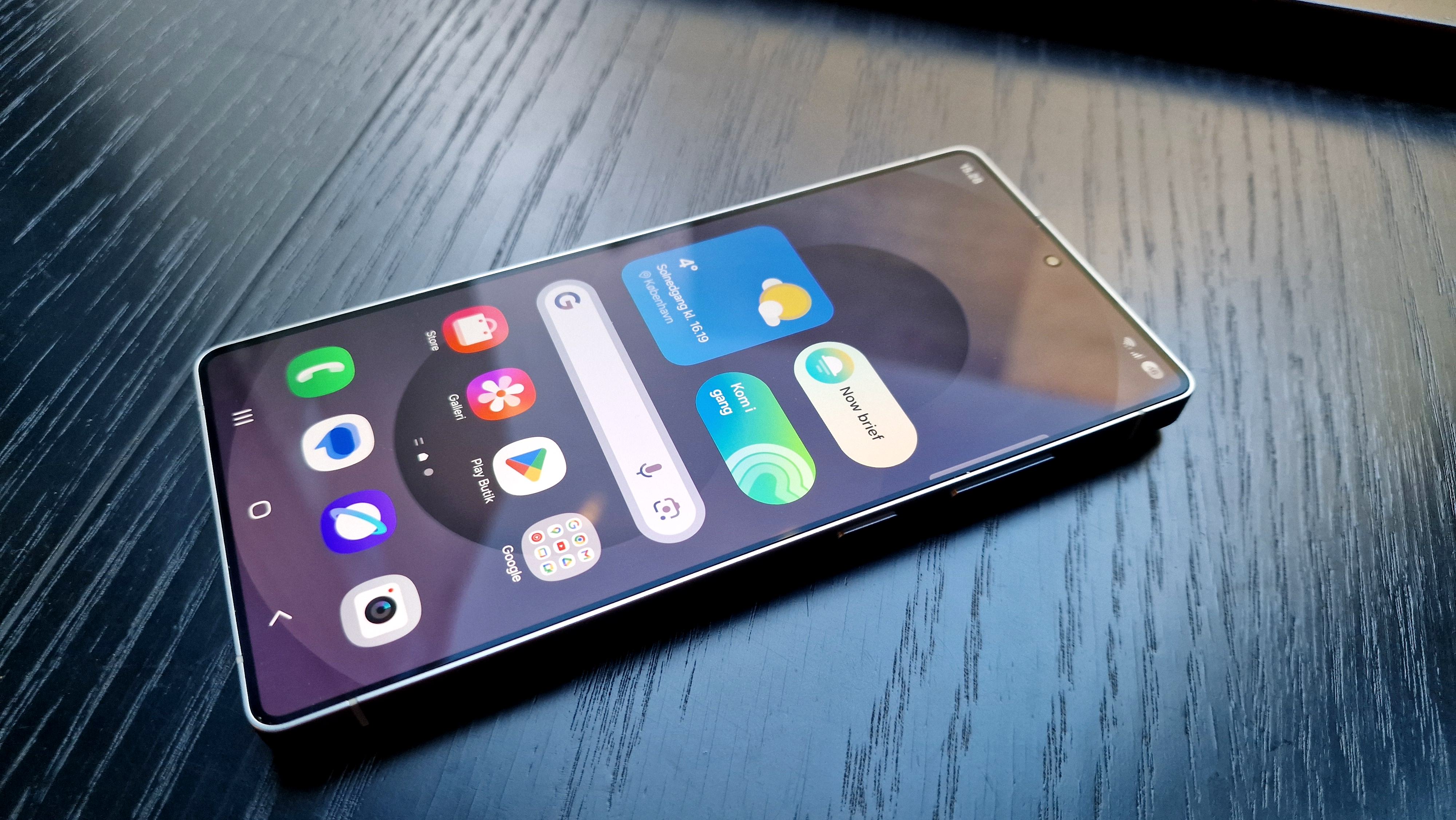
Specifications
Reasons to buy
Reasons to avoid
✅ You want the biggest-screen Galaxy without the bulk: Samsung has pulled off a neat trick with the S25 Ultra update, extending the screen without making the phone any larger or heavier.
✅ You own other Samsung products: Samsung doesn't always get credit for having an ecosystem in the way Apple does, but it's putting real effort into making all of its products, from its smartphones to its smart tags to its refrigerators, work together.
❌ An integrated S Pen doesn't interest you: Get the Galaxy S25 Plus, which nearly matches the S25 Ultra in screen size and only lacks the S Pen, the 5x optical zoom and the 50MP ultra-wide camera, and save yourself a decent chunk of cash.
❌ You're not interested in AI: It's fair to call the Galaxy S25 Ultra an AI phone, and if AI isn't something you want or need, look elsewhere.
Samsung has a refined formula when it comes to the Ultra, and while the Galaxy S25 Ultra doesn’t stray too far from the S24 Ultra the year prior, it does include some notable buffs.
Available at an AU$50 lower price than the S24 Ultra, the Galaxy S25 Ultra’s most noticeable difference to models prior is its rounded design. This brings it closer in line with its S25 and S25 Plus siblings while offering a slightly larger screen. It also features a stylus, though a slightly different one to the S Pen that came with the S24 Ultra, as it doesn’t include Bluetooth (meaning that you can no longer take photos with said pen, sadly).
On the camera front, the S25 Ultra packs a 200MP wide camera, 10MP telephoto lens, 50MP periscope telephoto lens, and an all-new 50MP ultrawide camera. It’s capable of 5x optical zoom and packs the same camera specs as the S24 Ultra (except for the new ultrawide).
Backing the camera array up is its Snapdragon 8 Elite processor, allowing for fast processing across multiple apps, and a 1440 x 3120 AMOLED display, which pulls off some of the best visuals on any smartphone. It even has Qi2 wireless charging capability for the first time on a Samsung smartphone, though only enabled through a compatible case.
Keep in mind that the Galaxy S25 Ultra is a fairly huge phone, and won’t be a good fit for you if you’re not a fan of large handsets. It’s also quite expensive, despite being cheaper than last year’s model. If you’ve got your heart set on the best possible performance and the highest quality photos, then you can do no better than the Galaxy S25 Ultra – but if you’re looking to save, you should consider one of the other phones on this list. Alternatively, give our Samsung Galaxy S24 Ultra review a read, as you might be fine with last year’s model now that you can find it cheaper.
I personally found the beautification of One UI to be the most impressive thing about the Galaxy S25 Ultra. On hardware, the S25 Ultra doesn't innovate much over its predecessor, but this generation is more about improving the aesthetic of the device inside and out – though its AI features may be a tad confusing, especially if Samsung is to monetise them one day.
Read our full Samsung Galaxy S25 Ultra review
The best foldable phone
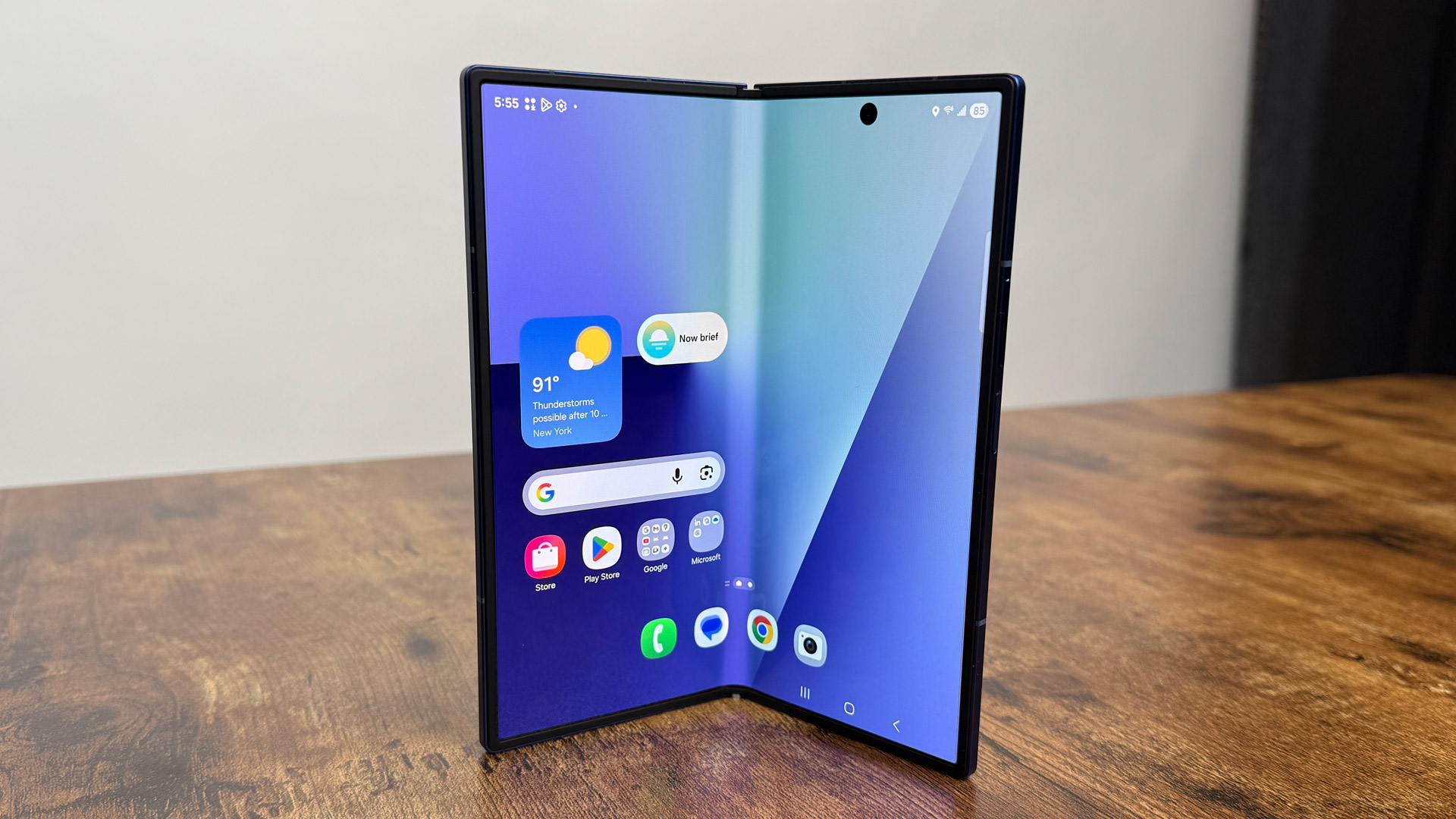
Samsung Galaxy Z Fold 7
Our expert review:
Specifications
Reasons to buy
Reasons to avoid
✅ You wanted a foldable and the best camera: Samsung has finally put an Ultra-level camera in its best foldable, and it will make a difference in your photography.
✅ You want a foldable that looks like a regular phone: When it's folded you get to stare at the Galaxy Z Fold 7's lovely 6.5-inch 2:19 cover screen, which is indistinguishable from a standard smartphone.
❌ You want a cheap foldable phone: The Galaxy Z Fold 7 is one of the most expensive smartphones on the market.
❌ You want a tough phone: Even with refinements in design, the Galaxy Z Fold 7 isn't a phone to weather the elements.
The Samsung Galaxy Z Fold 7 refines what the Galaxy Z Fold 6 did best and adds extra power, with a much better array of cameras (including the 200MP sensor from the S25 Ultra) and a much thinner unfolded profile.
This time around, Samsung has made the Z Fold 7's screens bigger and overall made it a much thinner phone – one that looks like a normal smartphone when folded, but absolutely massive when unfolded. Though Samsung has brought back a hole-punch inner camera, the screen remains extremely high quality, particularly if you want to mix the best of a tablet and smartphone.
All of this said, the Galaxy Z Fold 7 is one of the most expensive smartphones in Australia, with the 1TB option being the very most expensive phone in the country. It's not a handset to consider if you're on a budget.
Additionally, while it is a huge phone with a gorgeous screen, the Galaxy S25 Ultra has much more capable cameras that might impress you more if you want to take snaps. Despite being more expensive, being bigger, and having a pretty cool gimmick, the Galaxy Z Fold 7 isn’t entirely a better phone over the S25 Ultra.
Read our full Samsung Galaxy Z Fold 7 review
FAQs
What is the best phone in Australia in 2025?
There’s no real ‘best’ phone, and there never will be – there will be, however, a phone that suits your needs quite well, whether you need powerful cameras, a huge storage capacity, a gorgeous display or a mix of these things.
If that mix sounds good, it might be worthwhile considering the Google Pixel 10 Pro, however, it’s worth keeping the pros and cons of this in mind, including a reasonably high entry price, plus a fairly standard screen and handset size.
Going bigger than this, you can consider the Samsung Galaxy S25 Ultra, or if you’re an Apple fan, you might want to consider the iPhone 16 Pro Max if you want the best of the best. Down from this, you might also want to consider the Samsung Galaxy A56 if you’re after a budget handset, or the iPhone 16e or Pixel 9a if you want an affordable entry-level but premium device.
If your heart is set on a big screen, or if you want to take on a foldable, then you can’t go wrong with the Samsung Galaxy Z Fold 7 – though be aware that this is one of the most expensive smartphones in the country.
Which phone has the best camera?
Moving over to recommendations from our guide to the best camera phones, the best phone for taking photos is the Samsung Galaxy S25 Ultra. As we found in our Samsung Galaxy S25 Ultra review, the South Korean tech giant’s flagship phone of 2025 includes a brilliant sense of depth with exceptionally natural colour. Compared to the Galaxy S24 Ultra it featured a more powerful 50MP ultrawide lens, but offers in many ways the same camera performance.
That said, the best phones from each smartphone maker usually include some incredible cameras, as great photo quality has, for the most part, become inseparable from flagship devices. The iPhone 17 Pro Max and the Google Pixel 10 Pro XL are both brilliant photo-taking phones obviously.
How much storage should my phone have?
A casual user would likely get by with either 128GB or 256GB of storage capacity on a phone in 2025, providing ample room for whatever apps, photos and videos the user wants to keep on-device – but power users who take lots of video and keep big video games on their phone might want to consider 512GB or 1TB storage potions.
Storage is something that users demand highly of when it comes to the best phones in Australia, whether it’s for keeping lots of photos on-device or for having lots of apps installed – but when more storage equals a higher cost, you should seriously consider your priorities. The flip side to this is that higher storage capacities – 256GB and higher – can also maintain battery health for longer.
Additionally, you should also consider some cloud storage solutions for if you want to keep your photos and videos saved but don’t want to keep them readily available on your device. Most cloud storage solutions include a free amount of storage before you need to pay, though for backups and for native app data, iPhone users will need to rely on iCloud (which offers 5GB free and paid storage options above that).
How to choose the best phone for you
Depending on the way you use your smartphone, there are likely to be one or more aspects of a device that are important to you.
If you want a hardy smartphone, you should check whether it has an IP rating – this will dictate how protected it is against dust and moisture. Also consider its material – ceramic is very fragile, as is glass, but plastic and metal can be more protective.
If you stream a lot, you might want a good-looking display. Bigger, up to 6.8 inches, might be useful for you, as will a resolution over 1080p. Refresh rates of 90Hz or 120Hz also ensure that motion looks smoother.
Battery life can be a pain for people, though capacity doesn't always dictate how long a mobile lasts. A phone needs to last at least a day to be useful for most people, though some go up to two days.
Charging speed is also important, and anything of 65W or up is good, though some phones now offer over 120W. The best phones power up in under an hour, and some even take less than 30 minutes.
Camera quality is hard to convey through a specs list, so you'll have to rely on our analysis and testing to see how good they are – but it's always useful to find a camera phone with multiple lenses and modes.
How we test
Every phone on this list was subjected to a full TechRadar review, and therefore our entire testing process. The core part of this process involves using the phone as our own for one week or more. We slot our SIM card in, use the device for social media, entertainment, photography and other normal tasks.
This is so we can emulate how you'll use the device if you buy it. It helps us understand all the quirks of a phone that you don't notice if you just leave the device in a lab and test it. Of course, we do some lab tests, too, for some direct comparison.
So, we'll game and we'll do benchmark tests to work out how powerful a phone is; we'll time a phone when it's charging but also just work out how powering fits into our morning routine; we'll test how long a phone takes to run down, but also just handle it day-to-day for a long period of time.
Our main areas of focus in our review are the phone's design, display, cameras, performance, software and battery life, though of course its price is also important for our final judgement.
You're at the end of the guide, but that doesn't mean we can't help you still - if you're stuck on which model is for you, we've got a tool that can compare all the phones together and you can decide which one suits you best based on the cost.
If you want to get all the info, then use the tool below or check out our full mobile phone plans page.
Sign up for breaking news, reviews, opinion, top tech deals, and more.

Zac was part of TechRadar's Australian phones desk, covering the big releases from the likes of Google, Samsung and Apple. He continues to write about the Aussie EV market for this publication. He's previously written for Gizmodo Australia, Canstar Blue and The Daily Mail Australia (with articles on Nine, Junkee, Kotaku Australia and Lifehacker Australia).
- Sharmishta SarkarManaging Editor (APAC)